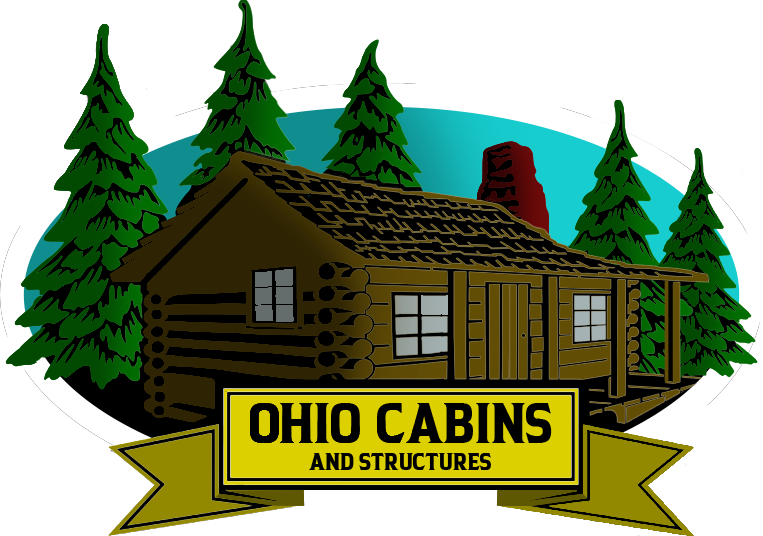The tiny home movement continues to grow as more people seek affordable housing, simplicity, and freedom from debt. But before anyone takes the plunge, one question always comes up: what do tiny homes cost? The answer depends on materials, design, size, and whether you build it yourself or hire a professional. Understanding what drives the total cost helps you make informed decisions and ensures your investment fits both your lifestyle and your budget.
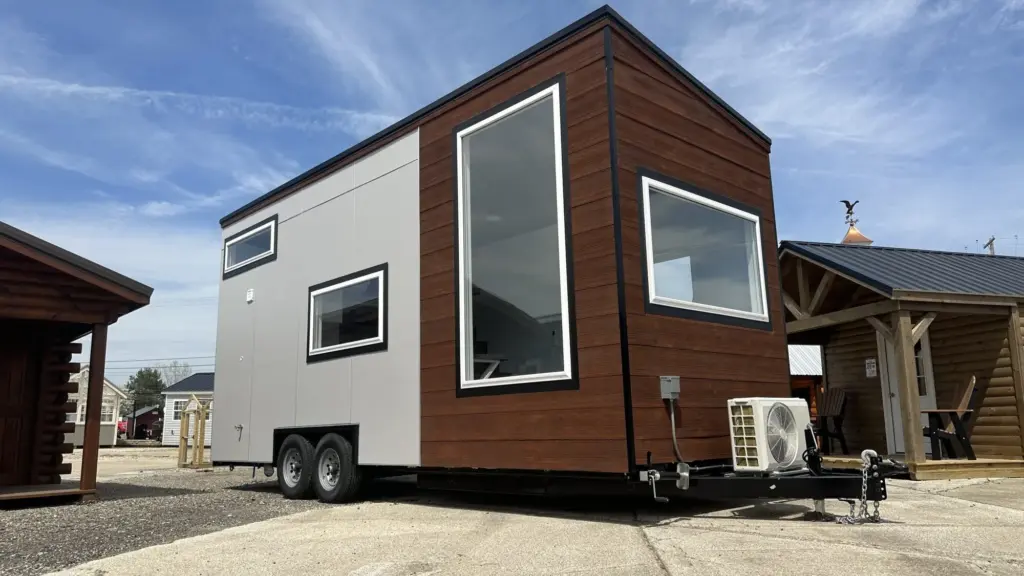
Average Cost of a Tiny Home
On average, tiny homes cost between $30,000 and $80,000. Custom designs, high-end finishes, or larger layouts can exceed $100,000, while DIY builds can cost as little as $15,000. The national average sits around $60,000. This makes tiny homes far more affordable than the median U.S. home price, which is well over $400,000. Despite the lower price tag, costs can vary greatly depending on materials, craftsmanship, and whether the home is built on a foundation or wheels.
Building vs. Buying a Tiny Home
The biggest cost difference comes down to how you acquire your home. Building your own tiny home can save tens of thousands of dollars, especially if you already have construction experience. However, buying from a professional builder offers better quality control, warranties, and faster completion. Many builders offer customizable models with prices starting around $50,000. These homes often include insulation, plumbing, and appliances, while DIY builds require sourcing materials and handling labor yourself. The right choice depends on your skills, time, and comfort level with construction.
Cost per Square Foot
Tiny homes typically cost more per square foot than traditional homes because small spaces require the same utilities and finish work in a tighter area. On average, costs range from $150 to $400 per square foot. Luxury models with high-end materials can go even higher. However, since the overall square footage is small, often between 100 and 400 square feet, the total cost remains manageable. This allows homeowners to focus on quality materials without breaking the bank.
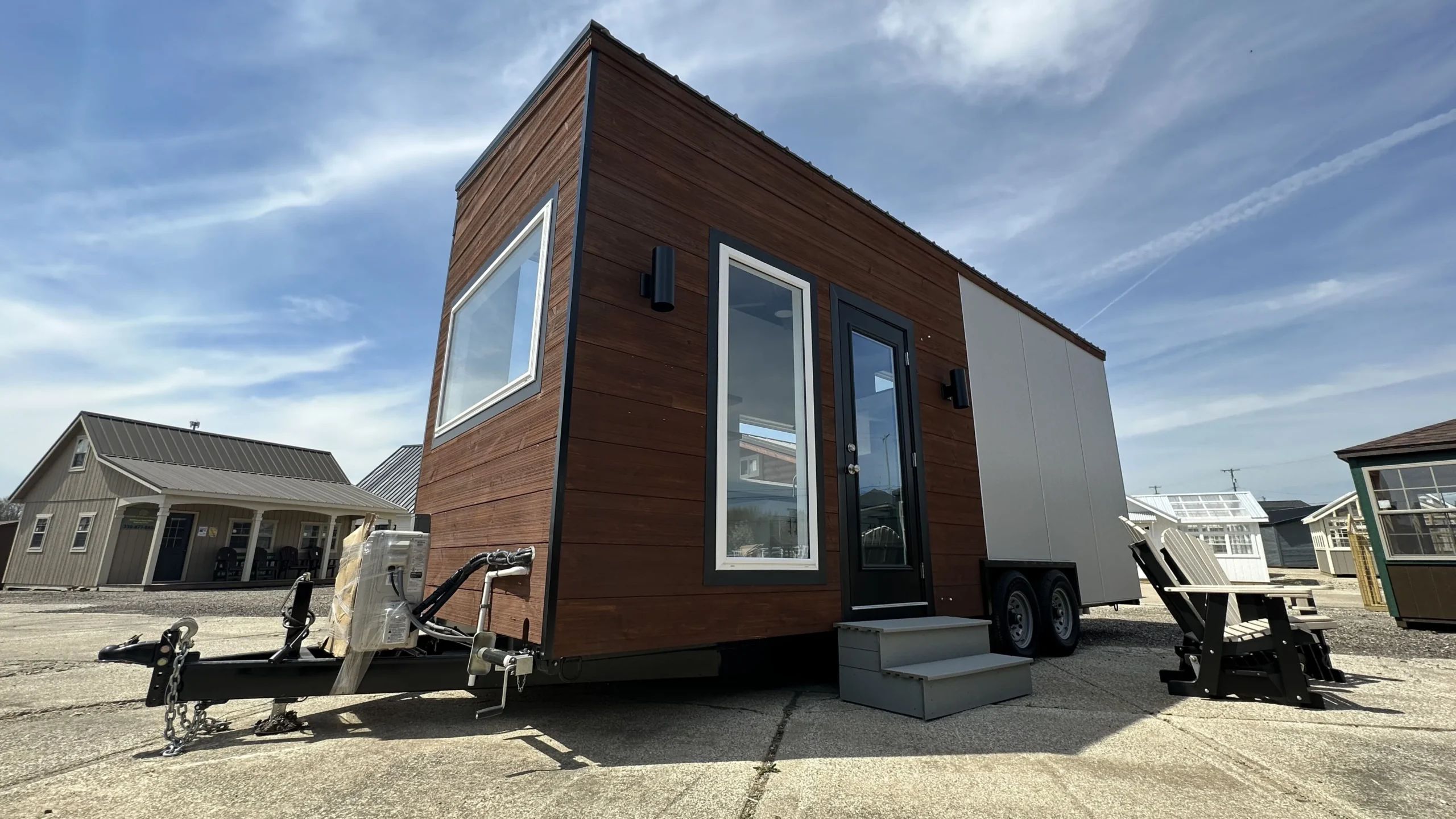
Foundation vs. Mobile Tiny Homes
The type of foundation you choose significantly affects the price. Tiny homes on wheels (THOWs) usually cost less because they avoid foundation work and may qualify as RVs in some areas. However, they require a trailer, which adds around $5,000 to $10,000 to the total cost. Tiny homes built on permanent foundations may cost more upfront due to excavation, permits, and utilities, but they often appreciate in value and provide more stability. The decision between mobility and permanence shapes both your lifestyle and your long-term expenses.
Material Choices
Material selection plays a major role in determining total cost. Using reclaimed wood, secondhand windows, or recycled materials can save thousands. Meanwhile, choosing high-end cabinetry, custom windows, or hardwood flooring can quickly increase expenses. The exterior also matters; metal siding and steel roofs last longer but cost more initially. Balancing durability and aesthetics is key. Many builders recommend investing more in insulation and structure rather than decorative finishes, ensuring your home remains efficient and comfortable for years to come.
Labor and Professional Fees
Labor costs depend on whether you hire individual contractors or a full-service builder. Professionals charge anywhere from $50 to $150 per hour depending on location and expertise. Electrical, plumbing, and framing work often require licensed tradespeople, adding to total costs. Hiring professionals may cost more upfront, but it ensures safety, quality, and compliance with building codes. For many homeowners, this peace of mind outweighs the savings of doing everything themselves.
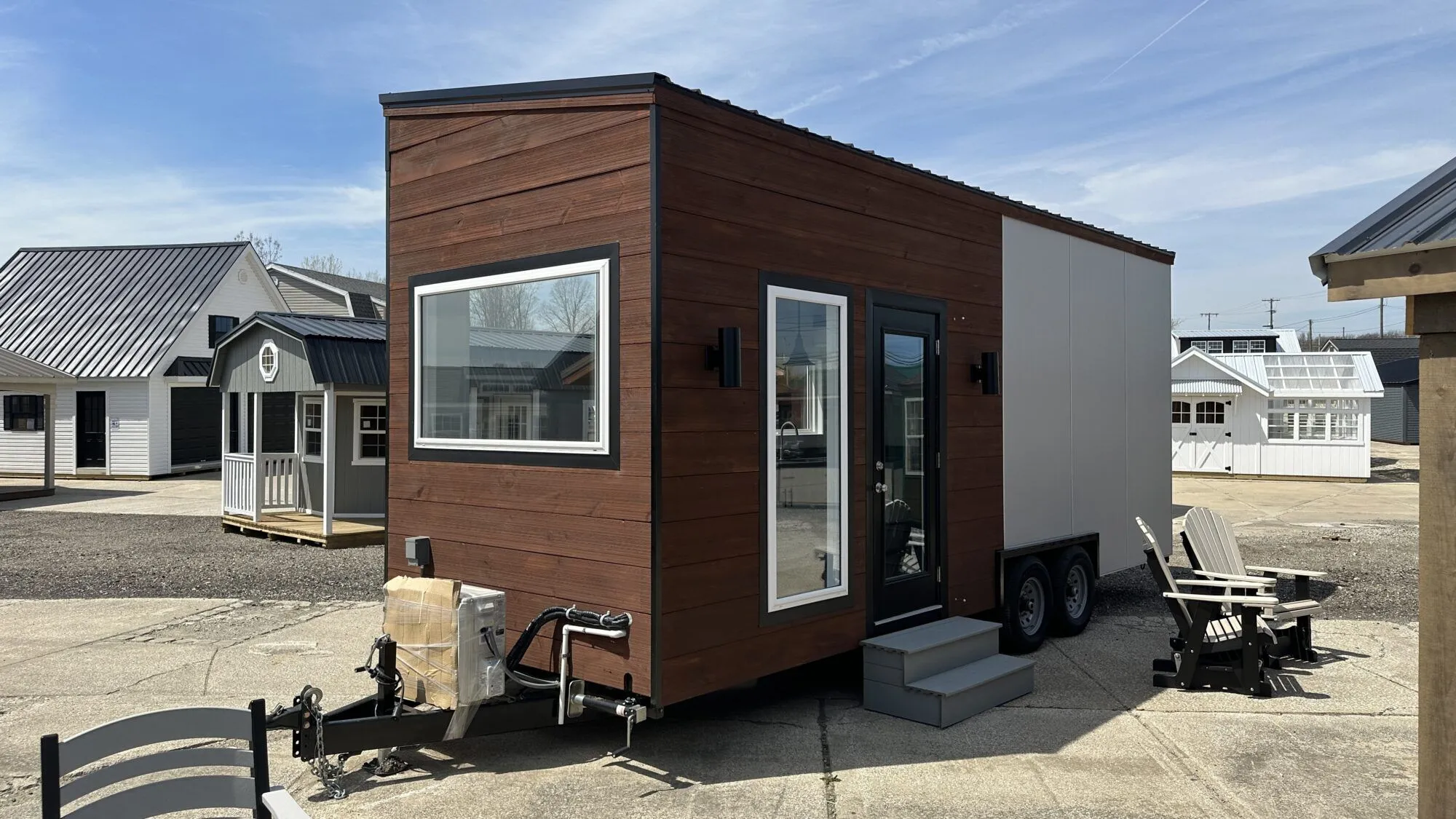
Permits and Utility Costs
Even small homes must meet local building regulations. Permits, inspections, and utility hookups can add $2,000 to $10,000 depending on location. Rural areas with fewer zoning restrictions may be cheaper, but city lots often require more permits and fees. If your home connects to public utilities, you’ll need proper plumbing, sewer, and electrical systems. Off-grid setups using solar panels or composting toilets cost more initially but save on long-term expenses. Always check zoning rules before buying land to avoid costly surprises.
Interior Features and Finishes
The level of finish inside your tiny home can dramatically affect the budget. Basic interiors with laminate countertops and simple fixtures cost less. Custom designs with granite counters, hardwood floors, and built-in furniture add both comfort and cost. Efficient storage and multi-purpose furniture are popular upgrades that enhance usability without taking up extra space. Because every inch matters, high-quality craftsmanship is essential. Investing in durable materials ensures your home stays beautiful and functional over time.
Furnishings and Appliances
Tiny homes need compact, efficient appliances that often come at a premium price. Mini-fridges, washer-dryer combos, and custom storage solutions can add $2,000 to $10,000 to the overall cost. Many owners choose energy-efficient models to reduce long-term bills. Furniture also needs to be multifunctional, sofas that convert to beds or tables that fold into walls are common choices. These investments make small spaces feel larger while maximizing every square inch of your home.
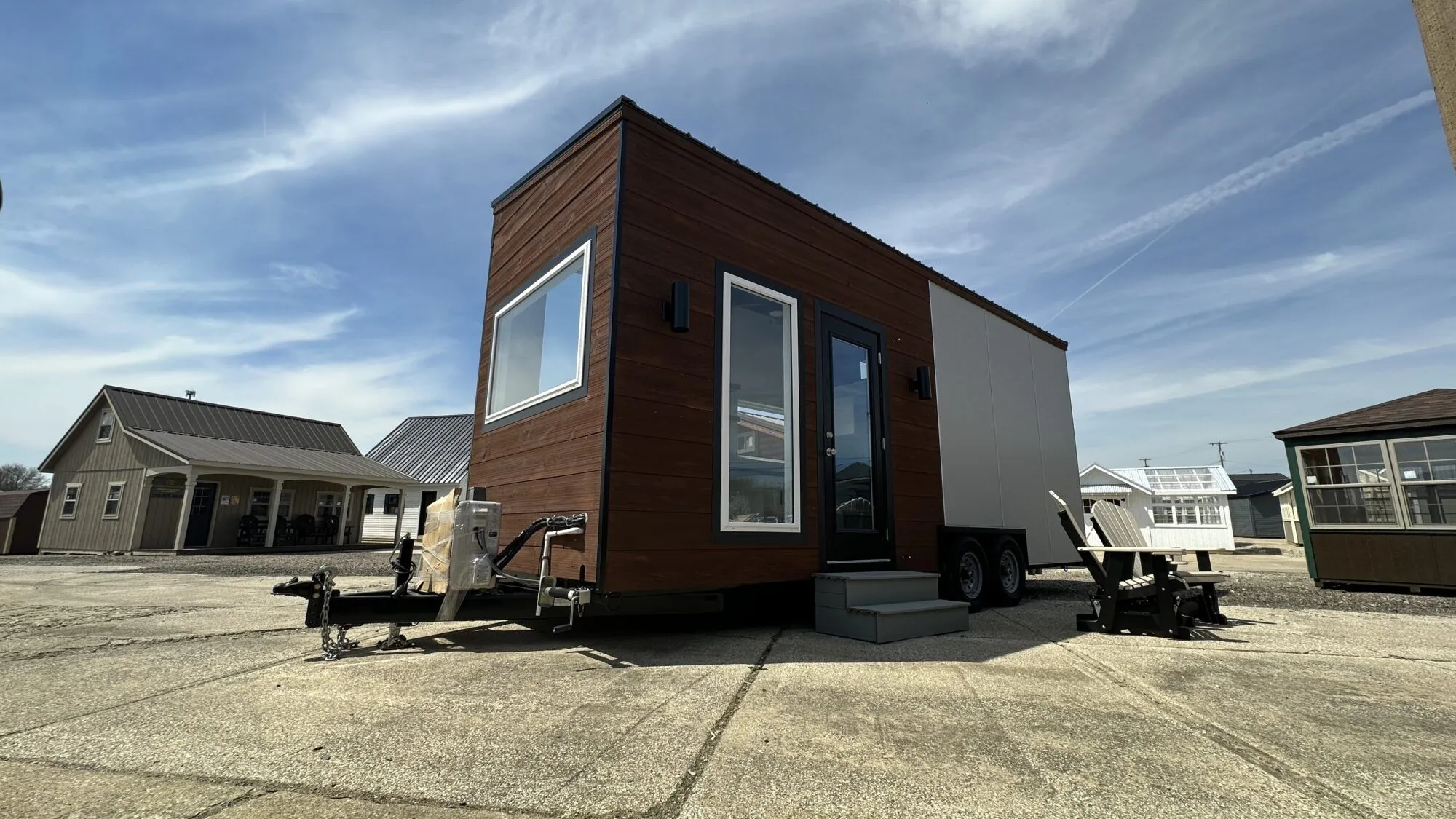
Land Costs and Placement
If you don’t already own land, buying property adds another major expense. Prices vary dramatically by region. Rural land may cost just a few thousand dollars per acre, while urban plots can reach tens of thousands. You’ll also need to prepare the land with leveling, driveways, and utility connections. Some tiny homeowners avoid land purchases by joining tiny home communities, which offer shared spaces and amenities for a monthly fee. This option provides community living without the upfront cost of purchasing property.
Maintenance and Long-Term Expenses
Tiny homes require less maintenance than traditional homes, but upkeep still matters. Roofing, plumbing, and exterior siding must be inspected regularly to prevent long-term damage. Because space is smaller, repairs are often faster and cheaper. However, moving tiny homes can add wear and tear, increasing maintenance costs for mobile models. Energy-efficient appliances, proper insulation, and high-quality windows can lower ongoing expenses, making tiny homes economical to operate for decades.
Financing and Insurance
Financing a tiny home can be tricky. Traditional mortgage lenders may not finance homes under 400 square feet, especially if they’re mobile. Many buyers use personal loans, RV loans, or savings instead. Insurance also varies depending on classification. A foundation-built home can qualify for homeowners insurance, while tiny homes on wheels may require RV coverage. It’s essential to discuss your options with lenders and insurers before purchasing to avoid unexpected issues later.
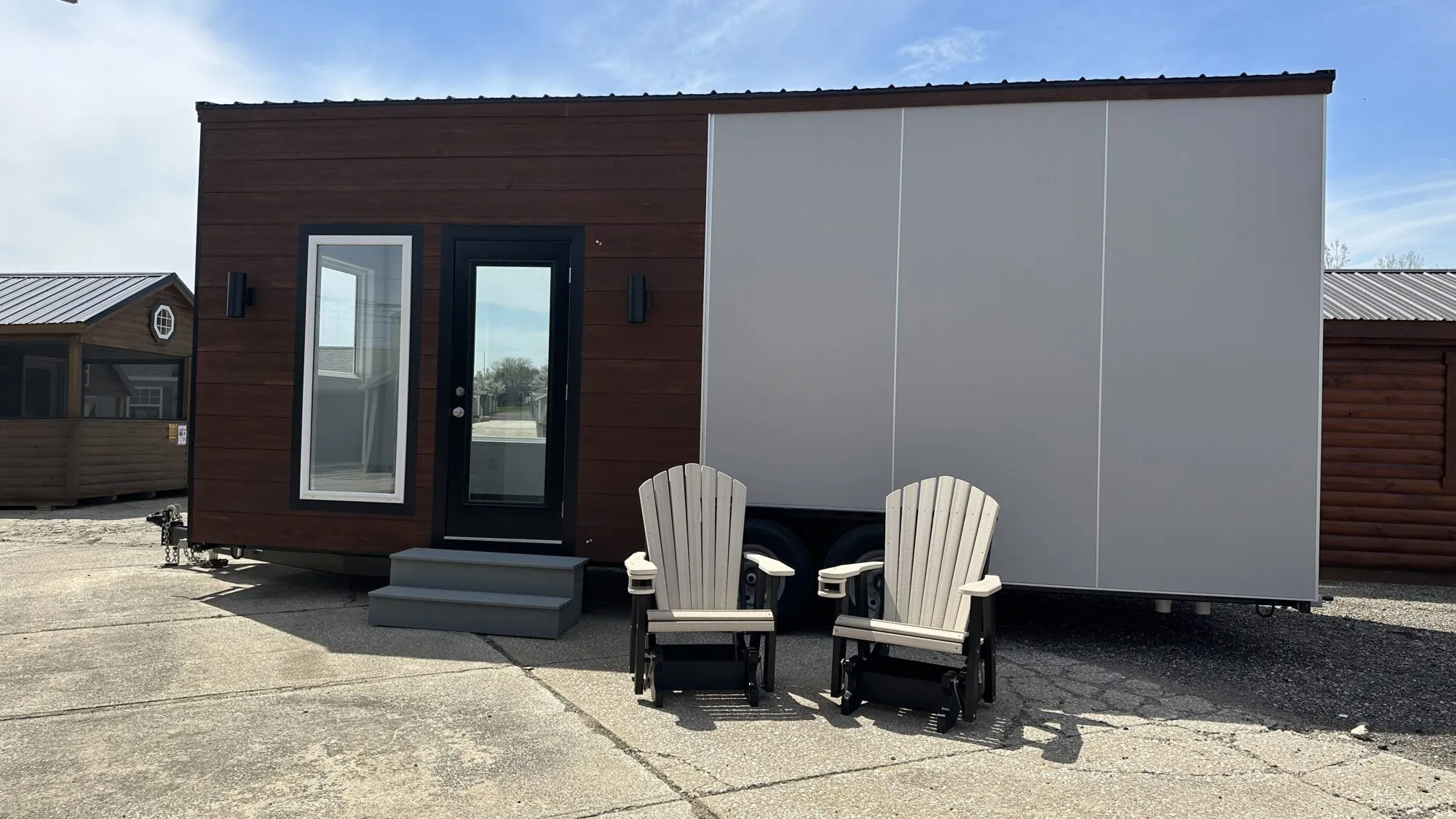
Return on Investment
Tiny homes are not just about saving money, they can also generate income. Many owners rent their tiny houses as vacation properties or Airbnb listings. Low overhead costs make them profitable in the right location. For others, the value comes from reducing debt and living sustainably. Even if resale value is modest, the long-term financial and emotional freedom often outweighs traditional real estate gains. The investment makes sense for those who prioritize experiences and simplicity over square footage.
When Tiny Homes Are Worth the Cost
For many homeowners, tiny homes are worth the investment because they offer a balance of affordability and flexibility. They are ideal for retirees, minimalists, and anyone seeking a smaller environmental footprint. The reduced costs and maintenance provide freedom from large mortgages and constant upkeep. However, they are not for everyone. Families with multiple children or those needing significant storage may find the space too limiting. Evaluating your priorities and lifestyle ensures that the cost aligns with long-term satisfaction.
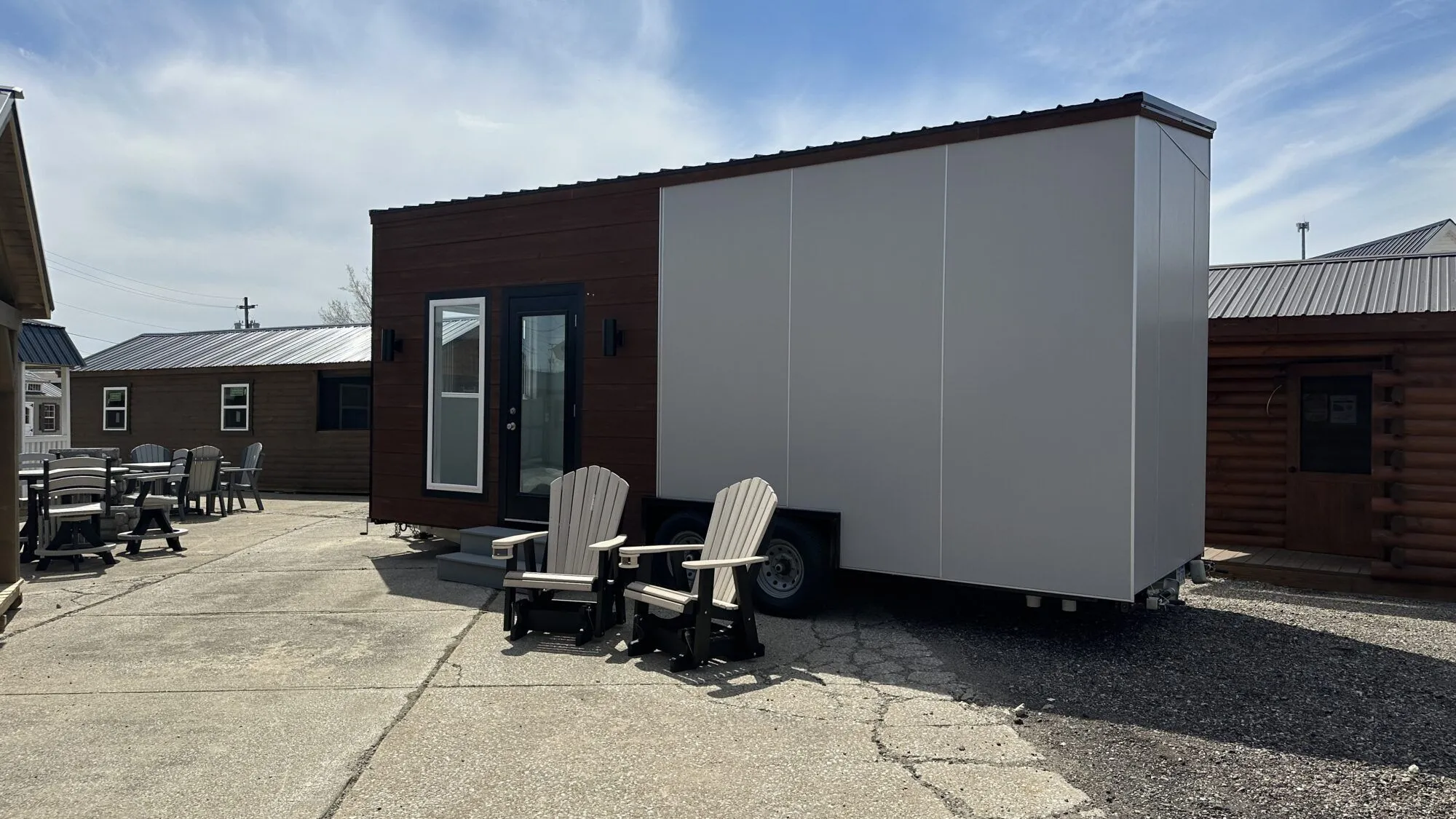
Conclusion
So, what do tiny homes cost? The price depends on size, materials, and location, but most range from $30,000 to $80,000. While the upfront cost can vary, tiny homes provide unmatched affordability, lower energy bills, and the opportunity to live debt-free. Whether you choose to build or buy, a tiny home represents both a financial and lifestyle investment. For those ready to downsize and live intentionally, it’s an affordable way to embrace simplicity and freedom.
To explore customizable and high-quality tiny homes, visit Ohio Cabins and Structures. For professional advice and a personalized estimate, connect with our team through the contact page. You can also read our article on are tiny homes worth it to help decide if this lifestyle fits your goals.
